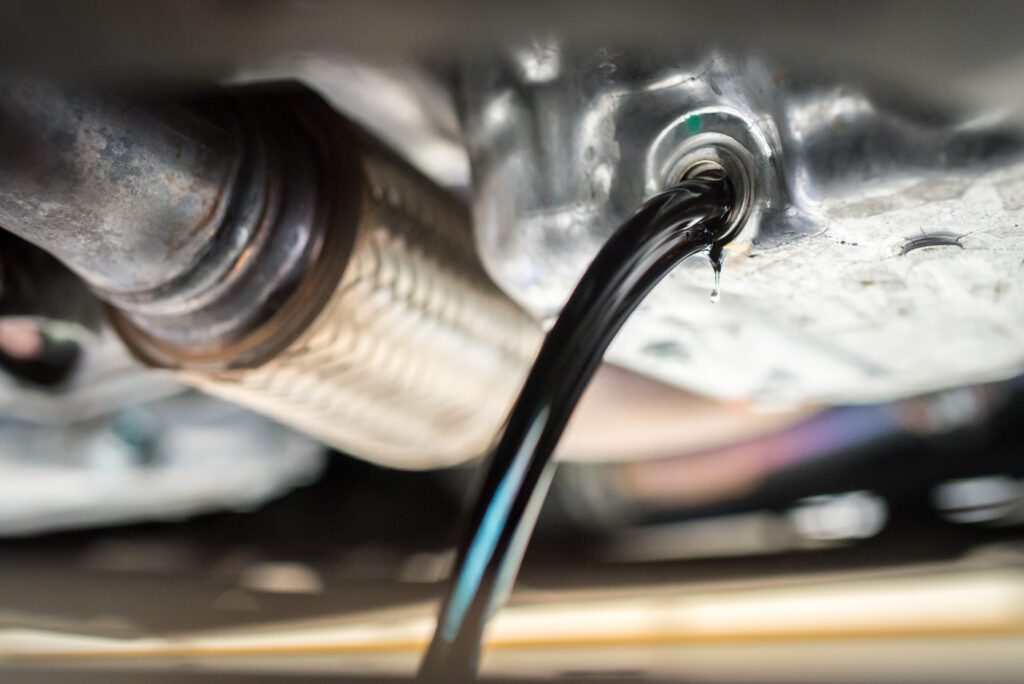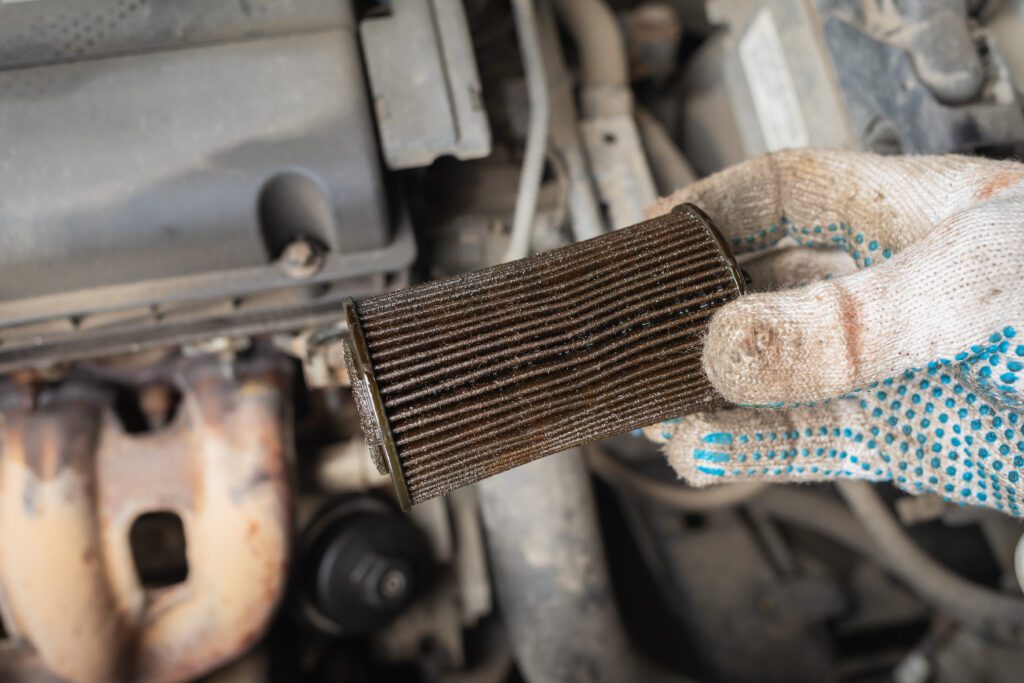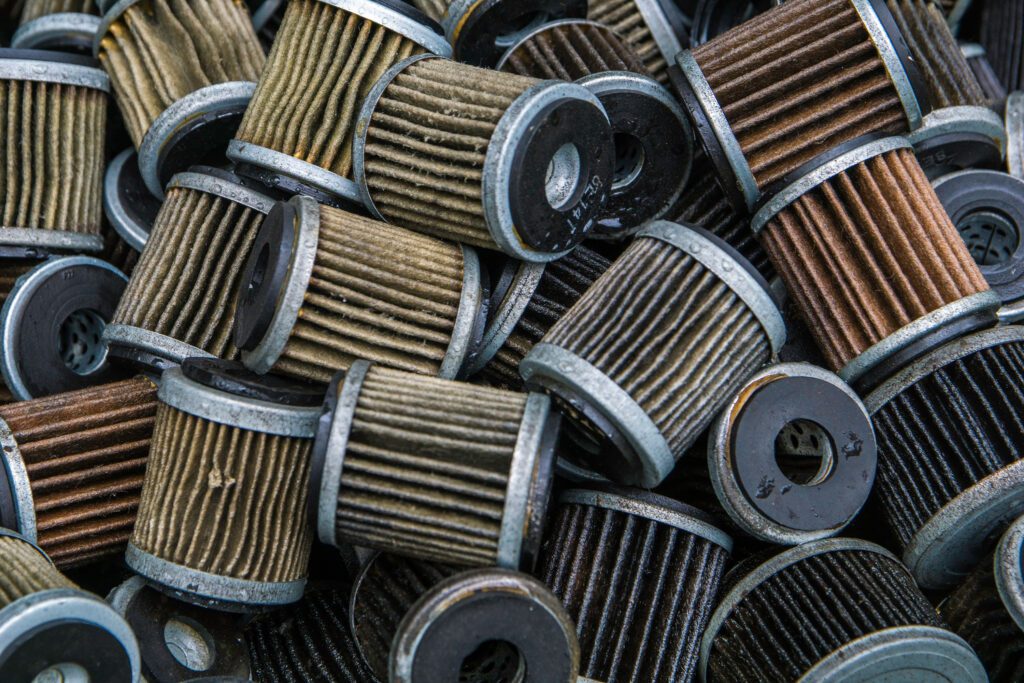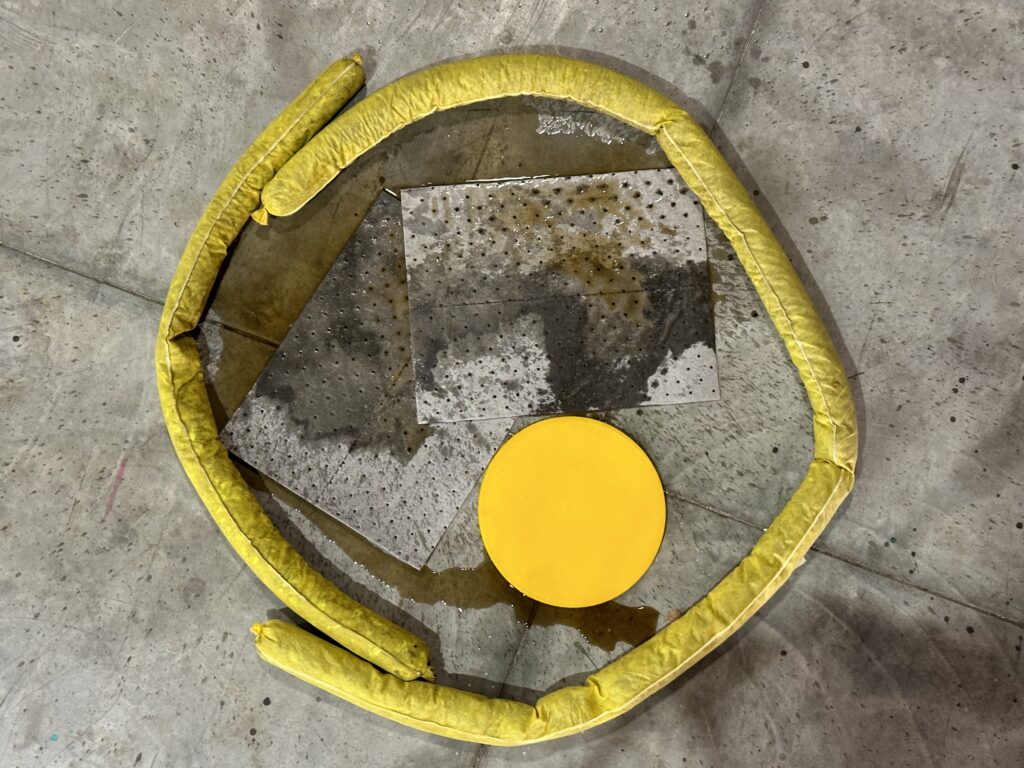Guide to Managing Used Oil and Filters
This resource has been developed by Pinellas County Solid Waste to provide businesses with guidance on how to properly manage wastes in accordance with federal, state and local laws.
Para leer esta página en español, vaya a Guía Para el Manejo de Aceite Usado.
Used Oil and Filters Overview
What is used oil?

The U.S. Environmental Protection Agency defines used oil as any oil that has been refined from crude oil or any synthetic oil that has been used and is therefore contaminated by physical or chemical impurities.
What is a used oil filter?
A used oil filter is a part of an oil flow system that helps clean the oil by removing impurities. Once it’s dirty and not useful anymore, it’s taken out of the system and has used oil trapped inside.

Why can’t they be placed in the garbage?
The state of federal government regulate the disposal of used oil and require that it be properly managed to prevent contamination of our drinking water and environment. State regulations prohibit disposing of used oil filters in a landfill. Used oil filters should be drained into used oil containers for 24 hours to remove entrapped used oil. State regulations require proper management of used oil filters once drained.
Proper Management of Used Oil and Filters
State and federal regulations require that used oil and used oil filters be properly recycled or managed as hazardous waste. If properly managed and recycled, they do not count toward your facility’s hazardous waste generator status.
Used Oil Storage

Keep containers (including tanks, drums, dollies, buckets and pans) in good condition with no visible leaks, severe rusting, apparent structural defects or deterioration. All used oil containers must have adequate secondary containment, which prevents spills into our environment. For containers stored inside a structurally sound building, the building can meet the secondary containment requirement if the container is in good condition and stored on a surface that can’t absorb oil such as sealed concrete or asphalt. It must also be stored away from outside doors and floor drains. Containers stored outside must either be:
- Closed, covered, or otherwise protected from the weather and double walled; or
- Closed, covered, or otherwise protected from the weather, stored on surfaces that can’t absorb oil, and placed in secondary containment with the capacity to hold 110% of the volume of the largest tank or container within the containment area.
Use the following equation to calculate the volume required for secondary containment:
(Volume of Largest Storage Container) x 1.1 = (Volume of Secondary Containment Required)*
*Be sure to factor in the volume displaced by the actual tank or container.
| Secondary Containment Volumes for Standard Size Containers | |
| Volume of Used Oil Container (Gallons) | Volume of Secondary Container Needed (Gallons) |
| 30 |
33* |
| 55 |
60.5* |
| 80 |
88* |
| 200 |
220* |
| 250 |
275* |
| 500 |
550* |
| 1000 |
1100* |
|
*at least |
|
Used Oil Labeling
Label all containers (including tanks, drums, dollies, buckets and pans) with the words “Used Oil.”

Used Oil/Fuel Filter Storage
Fuel filters can be managed with used oil filters once they have been drained into used oil containers.
- Once drained, place used oil/fuel filters into a container labeled “Used Oil Filters.”
- Keep used oil/fuel filter containers closed or otherwise protected from the weather and stored on a surface that can’t absorb oil.
Recycling
Use the Where Does It Go? Search Tool For Businesses to find used oil and used oil filter recycling options.
Recordkeeping
Keep recycling receipts to demonstrate that your used oil and used oil filters have been properly managed.

Used Oil Absorbent Management
Only cellulose- or polypropylene-based used oil absorbent is accepted at the Pinellas County Solid Waste Disposal Complex. An appointment is required. Call (727) 464-7500 to schedule.
Additional Resources
- Where Does It Go? Search Tool
- Recycle Guide & Downloadable Signage
- Household Chemical Collection
- Collection: Garbage & Recycling
- Hours: Solid Waste Disposal Complex
- Disposal Fee Information
- Educational Resources: Garbage and Recycling
- Recycling FAQ
- Map of Recycling Drop-Off Centers
- Artificial Reef Program
- Mulch Pickup Program
- For Businesses: Garbage & Recycling Resources
- How Mixed Recycling Works In Pinellas County
- Video Library: Garbage and Recycling
- Holiday and Gift-Giving Guide
- Pinellas Partners in Recycling
- Waste-to-Energy Facility
- Bridgeway Acres Landfill
- Solid Waste Master Plan
- Solid Waste Disposal Accounts
- Lealman Garbage and Recycling Collection
- Tampa Bay Recycles
- Why Recycling Is Important
- Discover Careers with Pinellas County Solid Waste
Contact Us
For more information or to request a printed copy of this guide, contact the Pinellas County Small Quantity Generator Program at (727) 464-7500 or bwa@pinellas.gov.